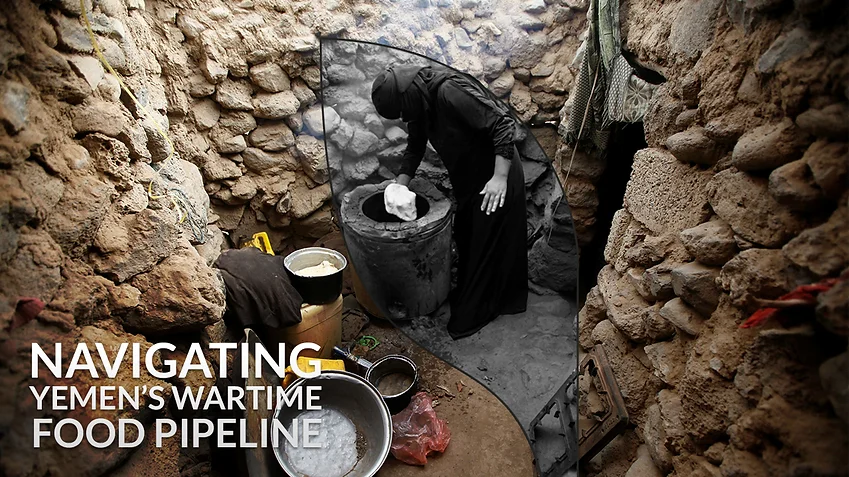If the crisis in Yemen continues on its current trajectory, the country could face “the largest famine the world has seen for many decades, with millions of victims,” the UN’s Emergency Relief Coordinator, Mark Lowcock, said in November. The warning bells of looming famine are ringing louder than ever before, and Yemen is finally beginning to receive more of the media attention it so desperately needs. Yet, fundamental questions about the driving forces behind the worsening humanitarian crisis remain unanswered.
How much have quantities of staple food imports decreased – and paradoxically in some cases, increased – during the ongoing conflict compared to pre-war levels? And why, if the UN Verification and Inspection Mechanism has been operational since May 2016, are vessels experiencing lengthy delays and unpredictable restrictions for travel to Yemen’s Red Sea ports? Furthermore, if there is an extended closure of the ports of Hodeidah and neighboring Saleef, which during the war have brought in the majority of all staple foods, will Yemen’s alternative ports be able to compensate?
DeepRoot’s latest publication, “Navigating the Food Pipeline in Wartime Yemen,” seeks to address these and other questions by examining the staple commodity import process. After detailing the causes and consequences of weak demand for staple commodities across Yemen, the report follows the import process from foreign market to Yemeni store shelves. Along this path, importers are facing a host of challenges purchasing food commodities from suppliers, costly delays are being experienced during the shipping process and at key ports, and transport within Yemen to local markets is hindered by the degraded road network and the proliferation of checkpoints. Based on the findings, a set of realistic, evidence-based recommendations for international and Yemeni stakeholders is provided, with the goal of increasing key commodity imports, reducing costs along the supply chain, and ultimately, providing Yemenis the means to purchase sufficient food for their families.
